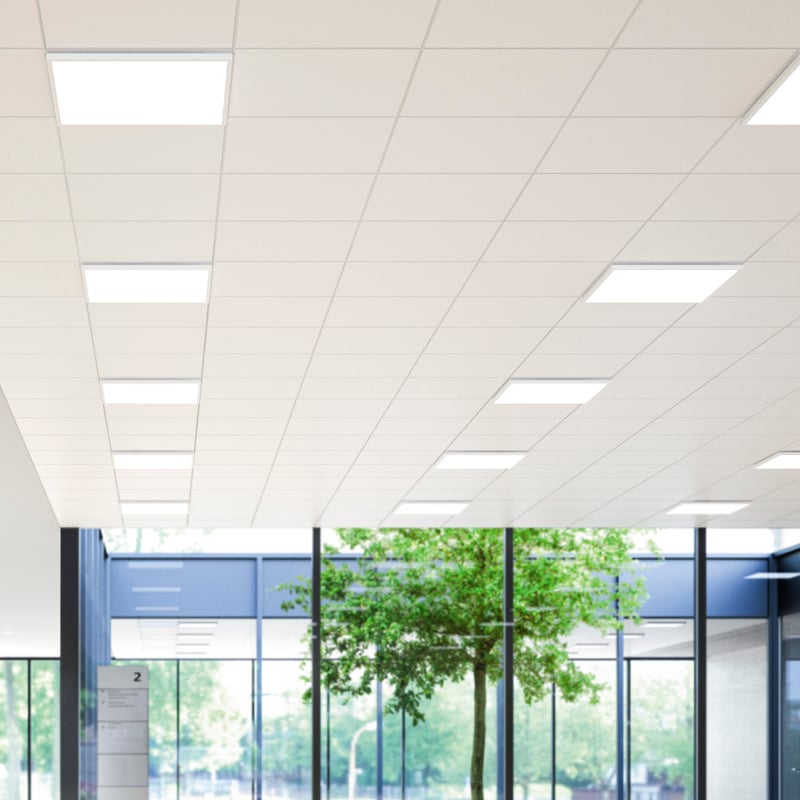
Teaching and learning formats are becoming increasingly flexible. An attractive learning environment meets the needs of this dynamic and adapts to different communication formats. In spaces used for teaching, lectures or training, comfortable lighting, comfortable reading and comfortable learning go hand in hand. Therefore, focused work is also a question of lighting. The unique features of every room and its lighting can be taken into account with various luminaires and light distributions.
Lighting designs for different teaching rooms
DALI lighting scenarios for lecture theatres
The different parameters necessary for the illumination of lecture theatres are each highly important. In addition to the self-explanatory issues of safety and visual comfort; the type of use and the needs of both the presenters and the audience determine which of the predefined lighting scenarios are used.
When determining the light intensity, light distribution and ambience of predefined illumination scenarios, it is recommended that the installer and the staff of the educational institution work closely together. This means trying out the intended dimming gradations in advance to define and set multiple gradations in the DALI control. This will add to the overall convenience during use, ensuring the user can react quickly to new requirements and change the illumination accents easily.
Our offer: DALI Training Our BEGA DALI Training offers an introduction to DALI in conveniently structured steps. The training covers the basics (definition, properties, prerequisites), concrete examples of circuit design, as well as configuration and control. For users who are just starting out or those in need of a refresher – BEGA’s DALI Training offers high-quality instruction in the basics and the finer points.
Are you interested in a DALI training course? We are here to help – just contact us via the channel of your choice.







